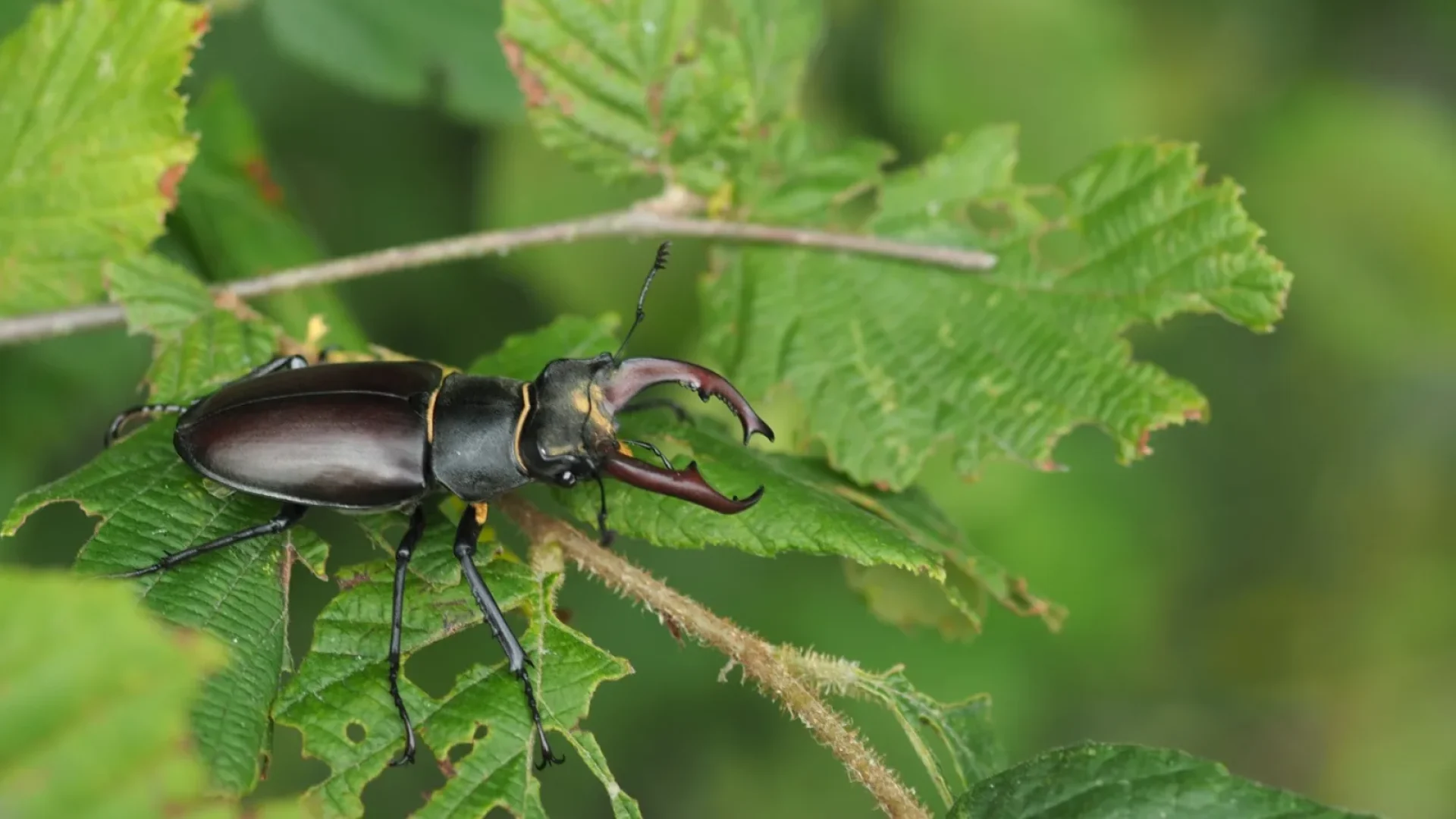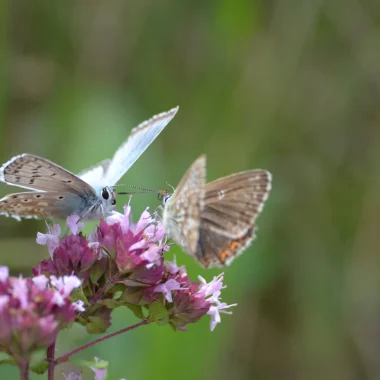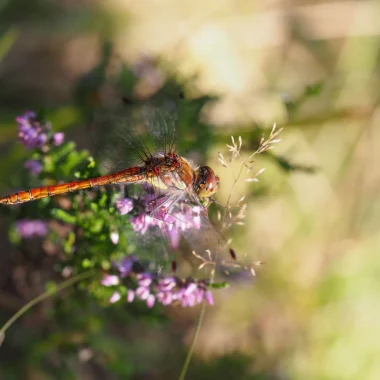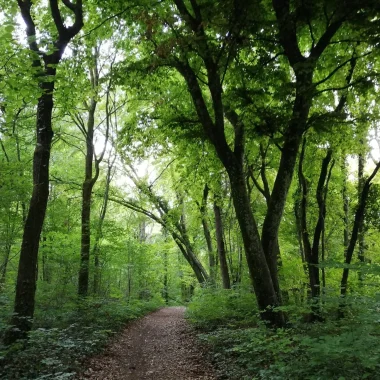Forests, mainly made up of oaks, represent more than 40% of our territory! Thanks to good ecological conditions and a climate that has so far been favorable, they are overall very productive, and host a significant biodiversity (Forest cat, Pine marten, Spotted salamander, European Barbastelle, etc.). However, climate change threatens the forest massif of the Montagne de Reims, like all those of the Grand Est (summer droughts, fires, tree dieback, pathogens, etc.). So, to preserve its sylvan treasure, the Park is taking action! The proof below!
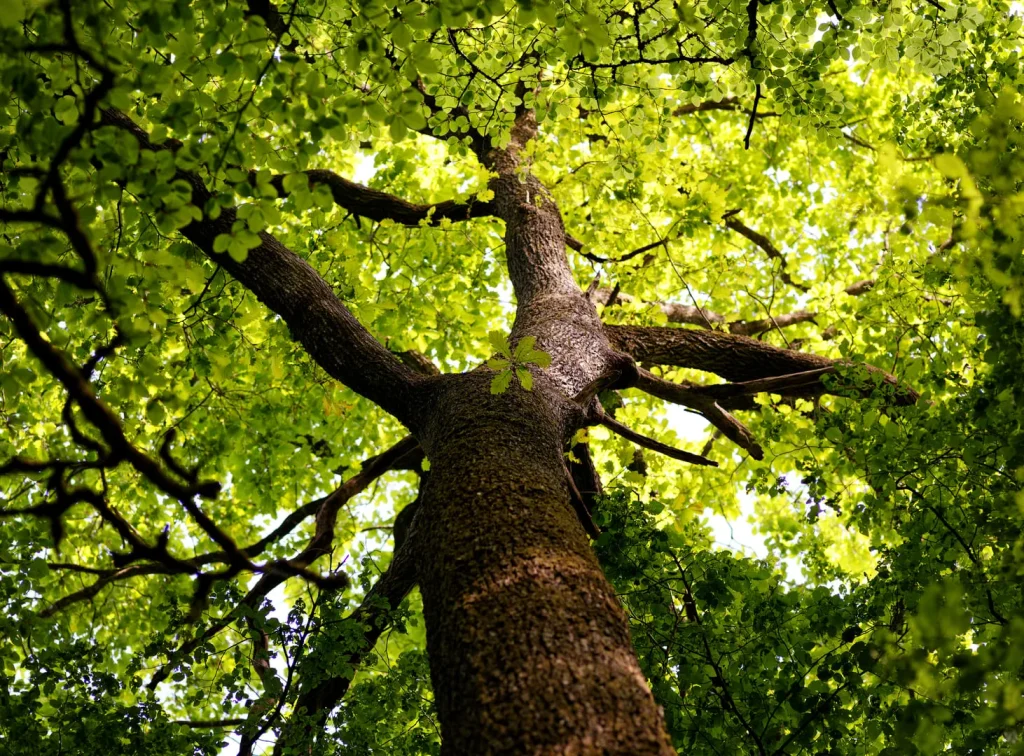
A European project for the forests of tomorrow!
Since 2022, the Grand Est Region has been piloting a brand new European program, which extends over 10 years and whose total budget amounts to 26 million euros: LIFE Biodiv’Est. His goal ? Halting the decline of biodiversity in the Grand Est, by providing the human and financial means to accelerate the involvement of all (decision-makers, economic players, general public, etc.). For this, actions of expertise, knowledge, training and mobilization will be implemented regularly until 2032.
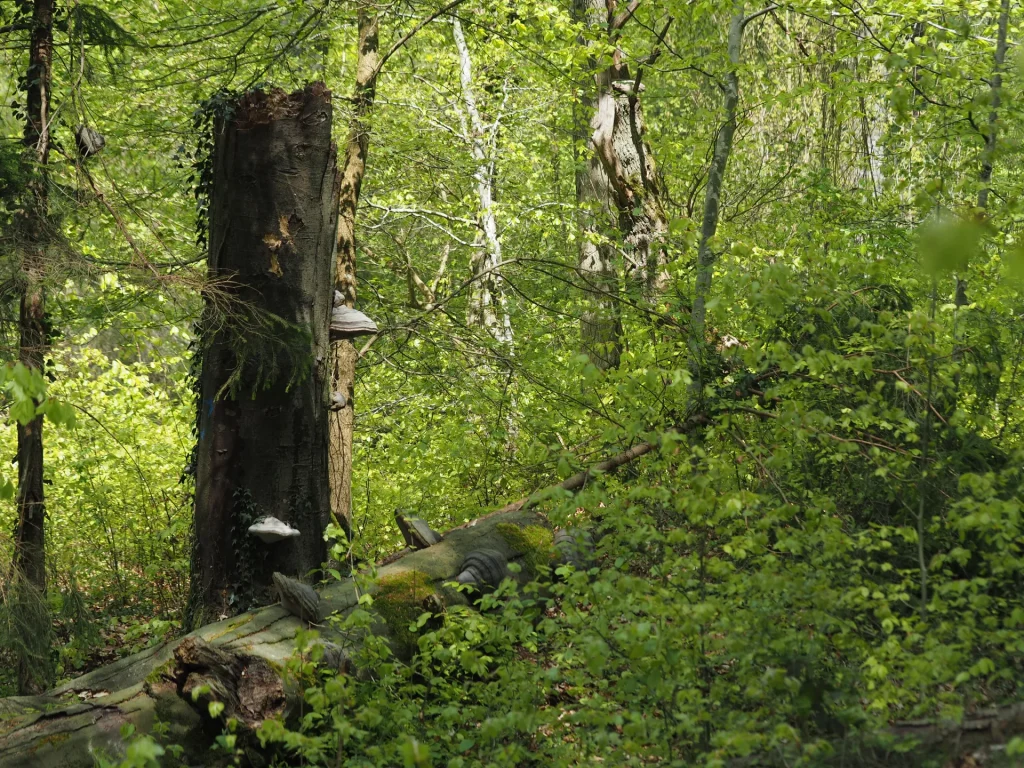
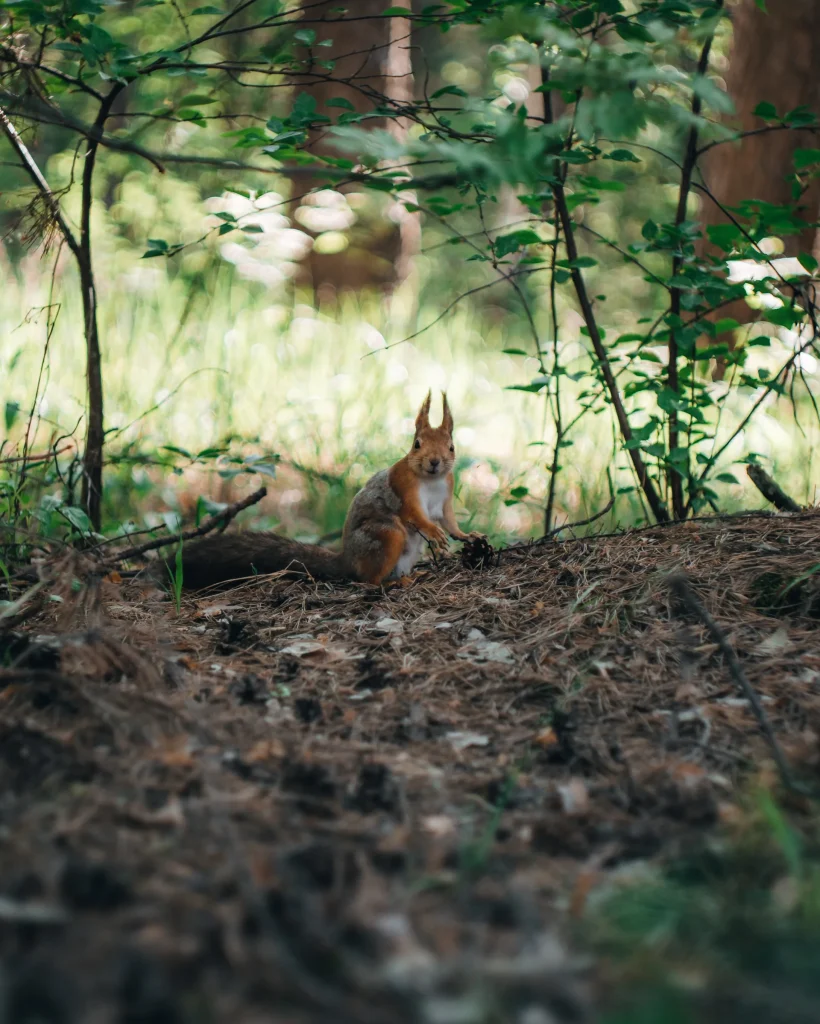
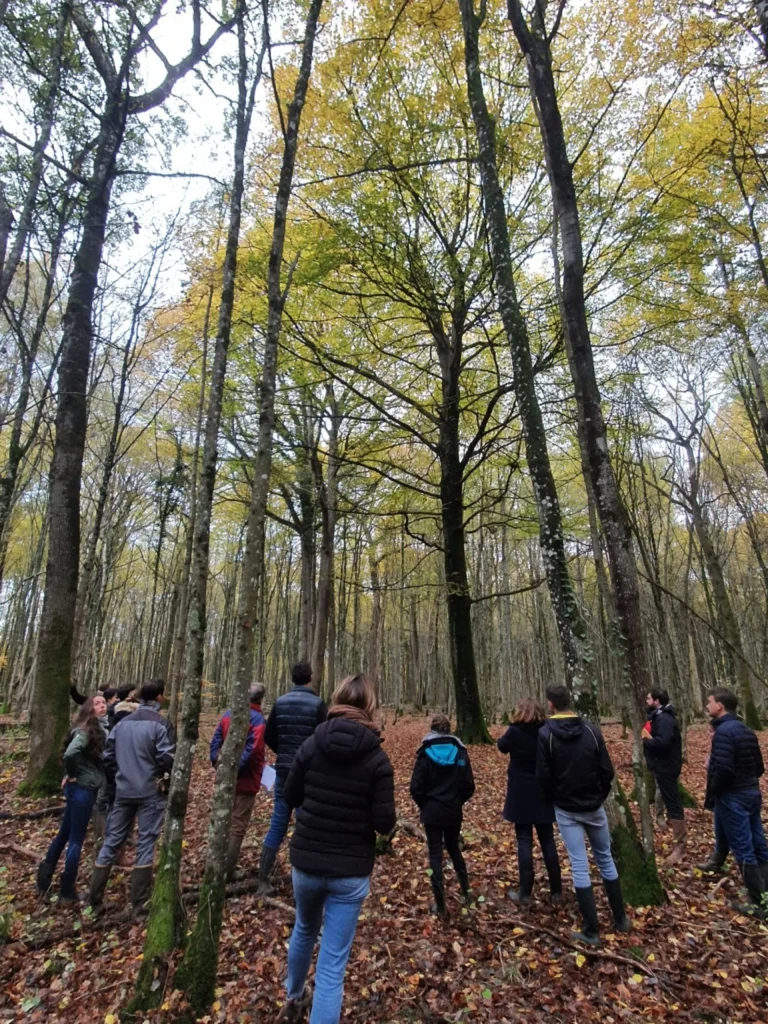
If you would like to know more about the LIFE Biodiv'Est program, here is a selection of links on the subject, just for you:
- Le Official website of the project
- La Facebook of the collective
- A video summarizing the project
The role of the Parc de la Montagne de Reims in this project
At the Parc de la Montagne de Reims, we could only invest ourselves with enthusiasm in this program! Indeed, we have been identified as structure responsible for setting up pilot operations on adaptation and mitigation of climate change in forest environments. To do this, we intervene on two folds.
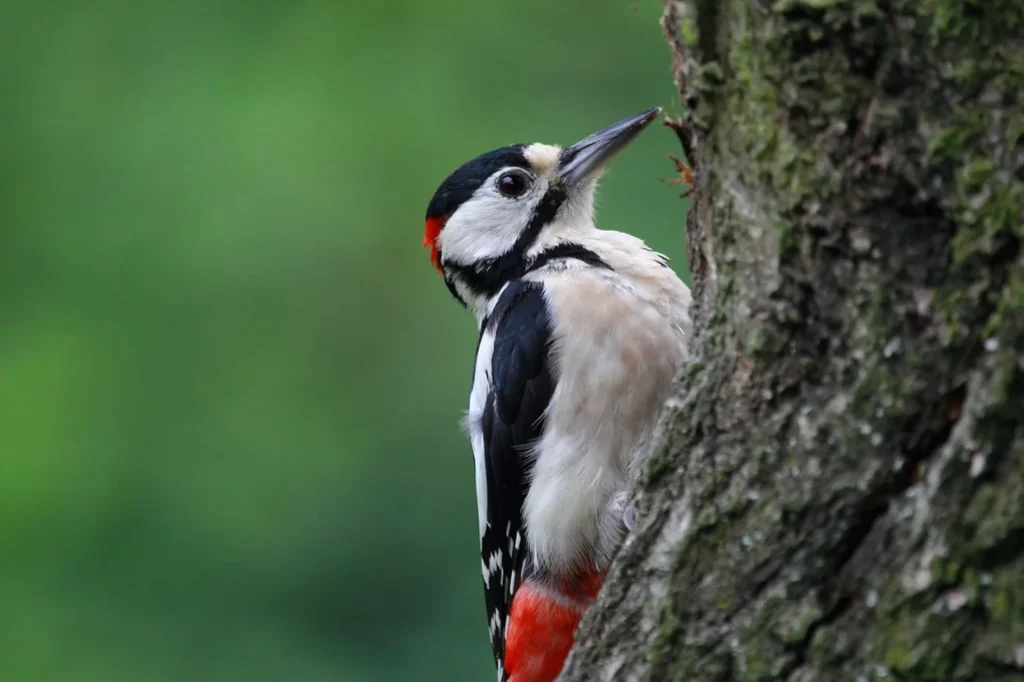
Part 1: experimenting with new forest management practices
LIFE Biodiv'Est has set up two pilot sites to test new silvicultural practices, which will increase the resilience of forest areas in the face of climate change. The first pilot site is thus located in the territory of the Montagne de Reims Regional Natural Park, while the second is located in that of the Northern Vosges. These real forests laboratories » are inspired by nature-based solutions, and are closely followed by a scientific and technical committee specifically created (AgroParisTech Nancy, NFB, CNPF, Sylv’ACCTES, INRAE, RNF extension, independent experts…).
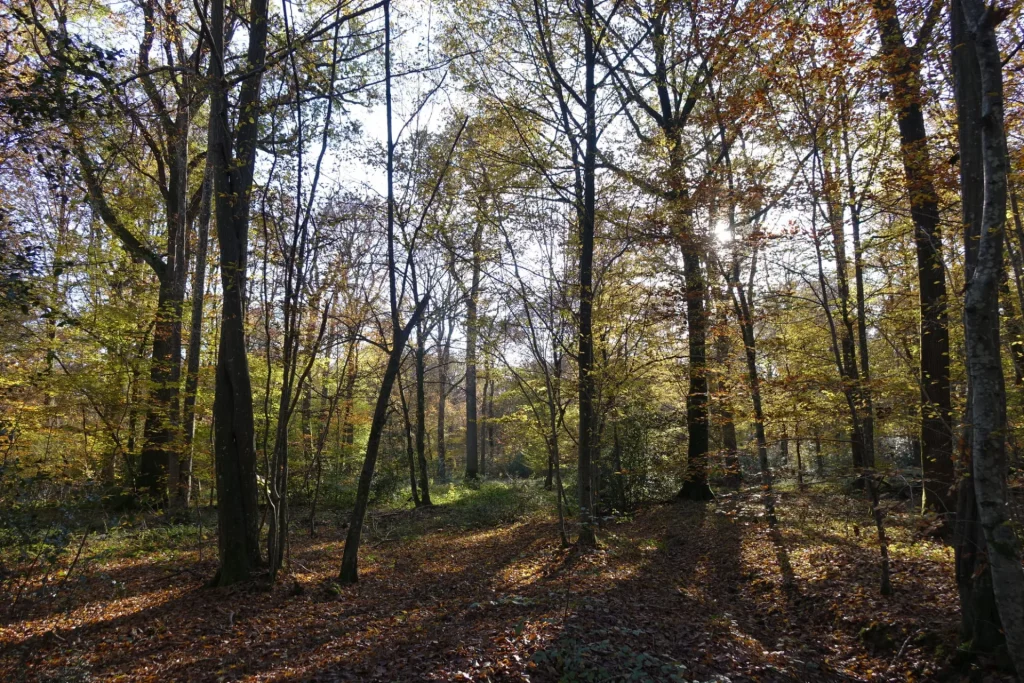
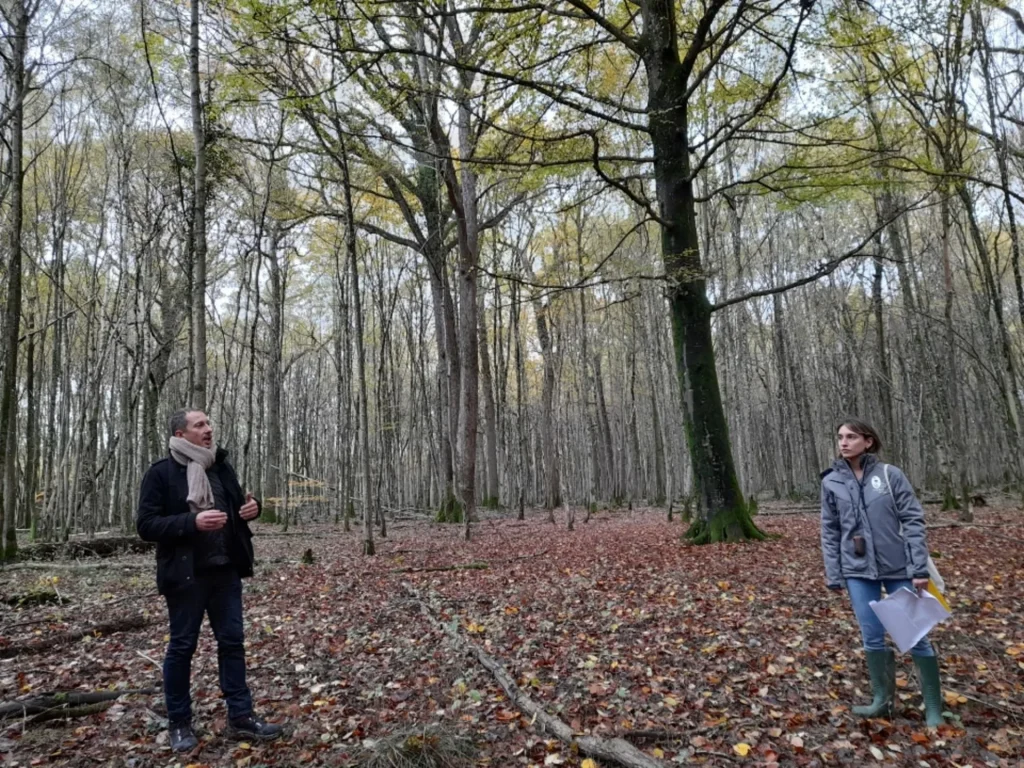
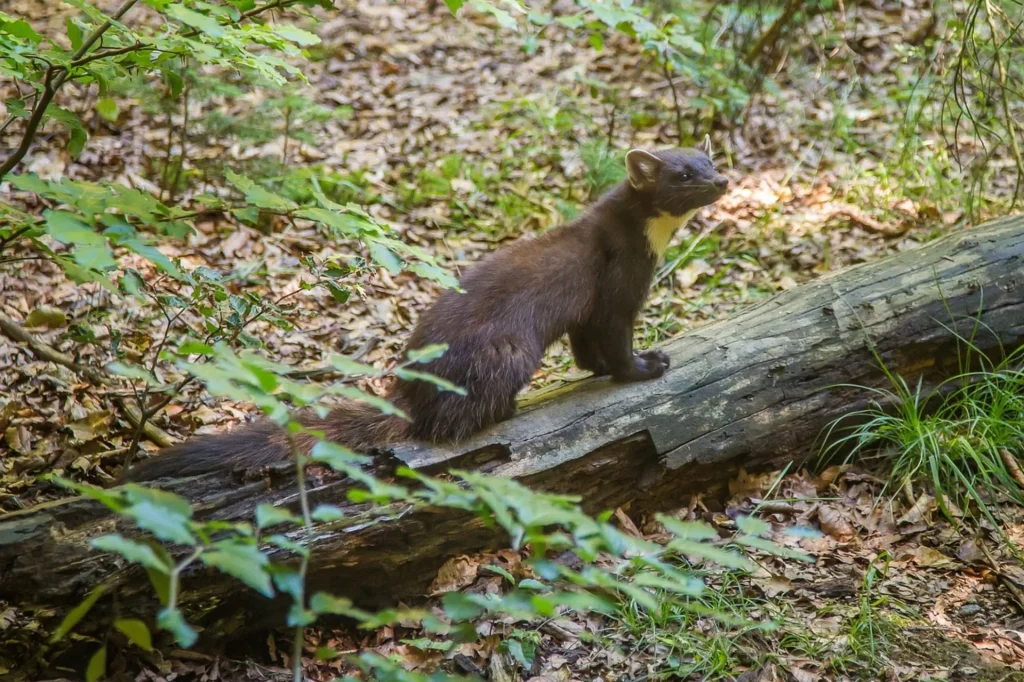
Component 2: create a network of senescence islands on a regional scale
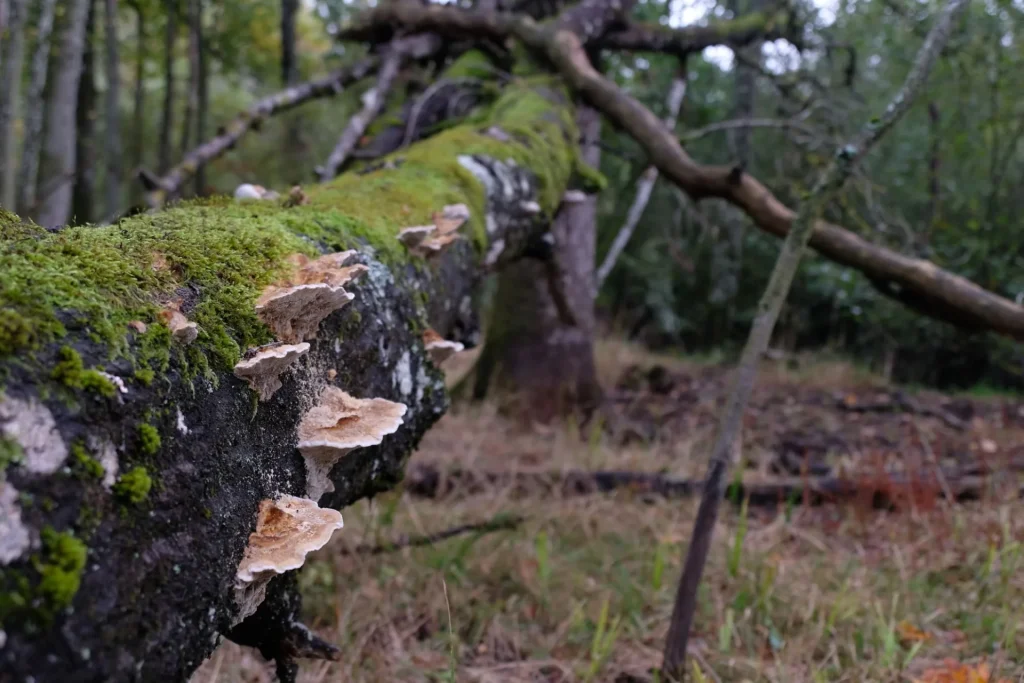
“Islets of senescence? »: perhaps you don't know this term, and that's normal! An island of senescence simply refers to a forest sector where the exploitation of trees and plants is voluntarily stopped.
An island of senescence is a precious reservoir of biodiversity and allows, on a given surface, to rediscover a strong naturalness of the forest ecosystem.
It is true that senescence (or process of slowing down vital activity) of forests is characterized by three stages:
- The installation of cavity-dwelling species (woodpeckers, owls or even arboreal bats);
- The progressive recycling of dead wood by saproxylic organisms (specialized insects and fungi);
- The progressive recycling of dead wood by detritivores (living beings which feed on plant debris in particular).
These different stages of tree senescence play a major role in good soil fertility and the maintenance of beautiful biodiversity. However, dead wood is often poorly represented in exploited forests...
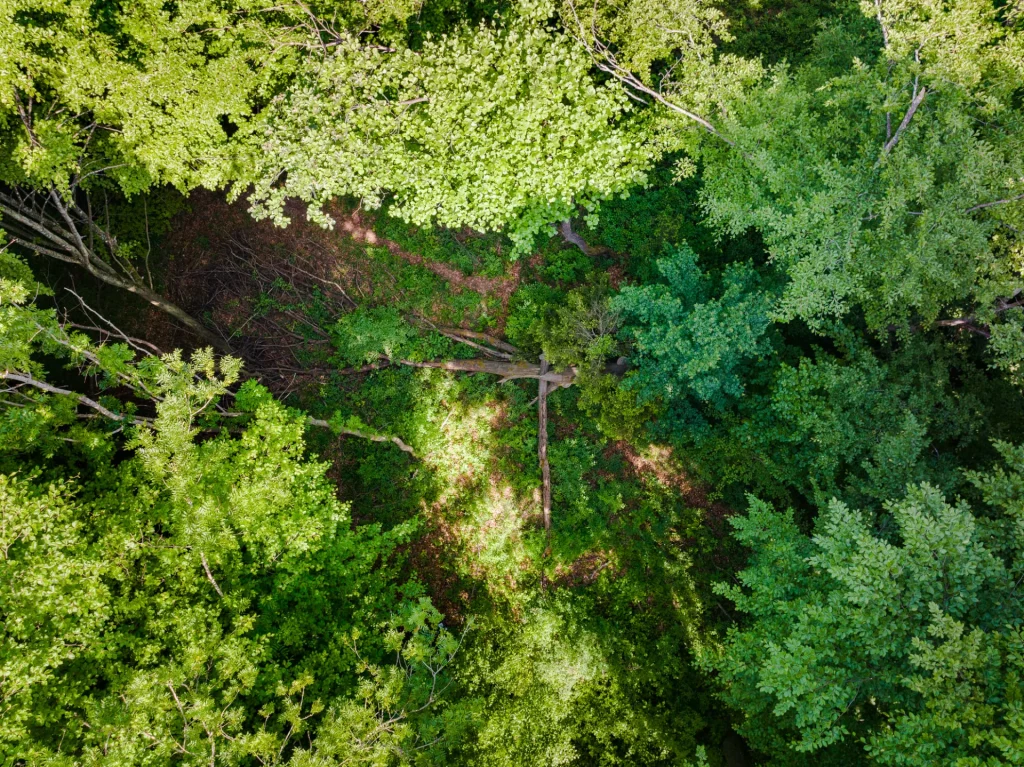
Via a project selection committee, LIFE Biodiv'Est thus supports the creation of a network of senescence islands in private and municipal forests in the Grand Est. There, no silvicultural intervention is authorized for at least 70 years, including on bushy and herbaceous levels. Nothing. Nada. In order to compensate for this shortfall for the forest owner, and to promote their involvement, financial assistance is paid to them thanks to the new system of Payments for Environmental Services (PSE),
Do you own forests?
Would you like to become a patron?
Associated partners
When it comes to protecting biodiversity, there is strength in unity! The actions led by the Parc de la Montagne de Reims involve numerous partners on a regional scale. Additionally, the Vosges du Nord Regional Nature Park, that of the Orient Forest and National Forest Park are co-beneficiaries.
Want to discuss the project, ask questions or give the program a helping hand? Léa Joly, our LIFE Biodiv'Est — forest project manager, is available for you, without any language!
LIFE Biodiv'Est is funded by the European Union and its partners – LIFE20 project IPE/FR/0019


